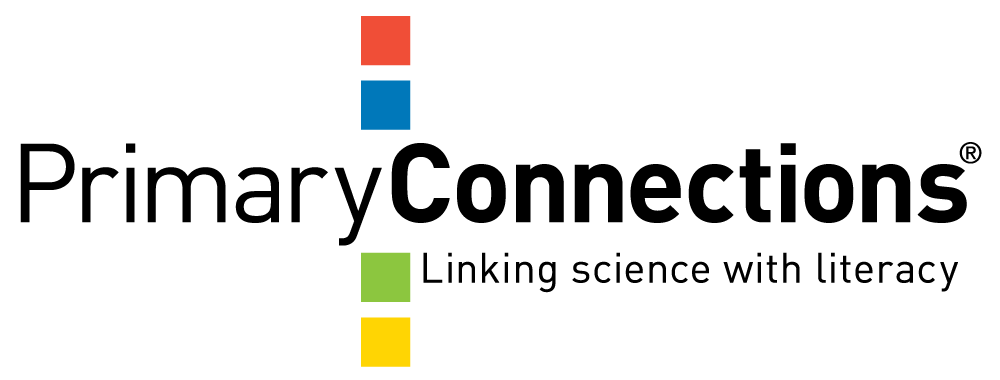Watch: Introduction to the Primary Connections 5E model
Are you a teacher in Australia interested in learning more about using the 5E model in your classroom?
Enrol now in our online self-paced course Unpack the 5E Model!
Primary Connections resources and professional learning is based on the 5E teaching and learning model. This evidenced-based approach is effective in guiding teaching and learning of science because it supports active, constructivist learning; students draw on their prior knowledge, pose questions, participate in hands-on experiences, and conduct exploratory and formal investigations, to develop their own explanations about scientific phenomena. Students are given opportunities to represent and re-represent their developing understanding using literacy skills. They are actively engaged in the learning process. Students develop science inquiry skills and an understanding of the nature of science.
Teaching and learning progresses through five phases: Engage, Explore, Explain, Elaborate and Evaluate. The phases of the Primary Connections 5E teaching and learning model are based on the 5Es instructional model (Bybee, 1997).
The 5Es
Engage
The purpose of the Engage phase is to elicit students' prior knowledge, stimulate interest and gather diagnostic data to inform teaching and learning. Each unit begins with a lesson that mentally engages students with an activity or question. It captures student interest, provides an opportunity for them to express what they know about the concept or skill being developed, and helps them to begin to make connections between what they know and new ideas.
Explore
Students carry out hands-on investigations in which they can explore the concept or skill. They grapple with the problem or phenomenon and describe it in their own words. This phase allows students to acquire a shared set of experiences that they can refer to to help each other make sense of the new concept or skill. The Explore phase is characterised by multiple opportunities for students to experience hands-on learning and represent their thinking.
Explain
The purpose of the Explain phase is to support students to develop scientific explanations, drawing from experiences and observations, using representations. Students continue to develop knowledge of concepts and demonstrate their developing understanding.
Elaborate
This phase provides opportunities for students to apply what they have learned to new situations and develop a deeper understanding of the concept or greater use of their science inquiry skills. It is important for students to discuss and compare their ideas with each other during this phase. Investigations in the Elaborate phase build student capability for science inquiry skills in a meaningful context.
Evaluate
The final phase provides an opportunity for students to review and reflect on their own learning, and on their new understanding and skills. Students represent changes to their understanding, beliefs and skills.
Learn more about the 5E model (PDF, 72.4KB)
TWLH charts
A TWLH chart is a learning tool used to elicit students’ prior knowledge by asking what students Think they know, determine questions students Want to know answers to, document what has been Learned, and How students know they’ve learned.
Download the at-a-glance guide
Questioning
Effective questioning techniques are an essential part of a teacher's toolkit. This guide provides suggested question stems that can be used during each phase of the 5E model.
Download the at-a-glance guide

